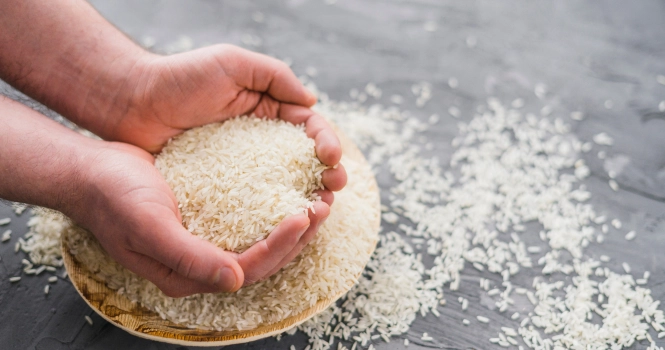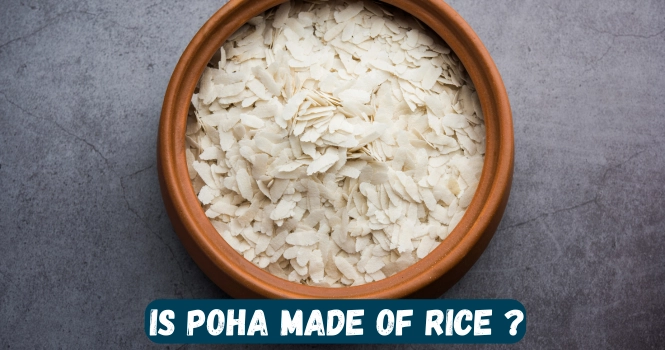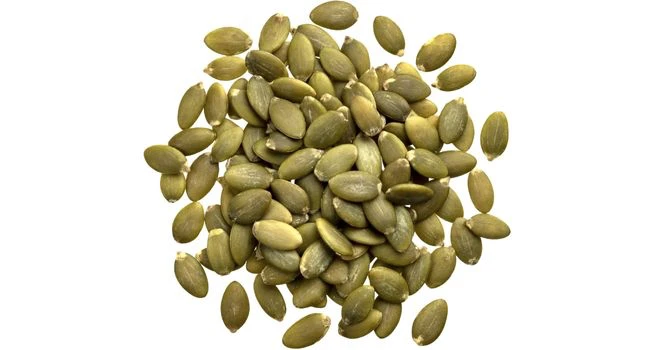Shali rice, a traditional variety deeply rooted in the agricultural heritage of certain regions, particularly in parts of Asia, stands out for its unique qualities and cultural significance.
Understanding Shali Rice
It refers to specific strains of rice cultivated in areas with rich agricultural traditions. These varieties are often characterized by their distinctive aroma, texture, and taste, which make them highly valued in local cuisines.
It is typically grown in traditional farming systems, relying on natural monsoon rains and specific regional climatic conditions, which contribute to its unique flavor profile.
Characteristics
- Aroma and Flavor: It is often celebrated for its aromatic qualities, which can range from subtly fragrant to more pronounced, depending on the specific variety. The flavor is typically rich and nuanced, making it a preferred choice for dishes that highlight the rice itself.
- Texture: The grains of Shali rice are usually tender and slightly sticky when cooked, providing a satisfying mouthfeel that complements a variety of dishes, from simple steamed preparations to more elaborate mixed rice recipes.
- Grain Appearance: The grains can vary in color from white to a more golden hue, and they tend to be short to medium in length, with a plump appearance that becomes fluffy upon cooking.
Nutritional Benefits
Like other rice varieties, Shali rice serves as a good source of carbohydrates, providing energy for daily activities. It also contains essential vitamins and minerals, particularly when consumed in its whole grain (brown rice) form, which retains the nutrient-rich bran and germ layers. Shali rice can contribute to a balanced diet, offering fiber, B vitamins, and various minerals.
Culinary Uses
Shali rice’s versatility makes it suitable for a wide range of culinary applications. It’s often used as the base for traditional dishes, where its aromatic and flavor qualities can shine.
Whether it’s part of a celebratory feast or a simple family meal, Shali rice adds depth and character to the dining experience.
- Steamed Rice: Cooked simply, Shali rice’s natural flavors complement a variety of main courses.
- Pilafs and Biryanis: The rice’s ability to absorb flavors makes it ideal for pilafs and biryanis, where it’s cooked with spices, herbs, and sometimes proteins like chicken, lamb, or vegetables.
- Sweet Dishes: In some traditions, Shali rice is also used in sweet preparations, such as rice puddings, where its tender texture and flavor profile add a comforting dimension.
Cultural Significance
Shali rice is more than just a dietary staple; it’s a cultural symbol that represents agricultural traditions, regional heritage, and community identity.
The cultivation and consumption of Shali rice are often intertwined with local festivals, rituals, and seasonal celebrations, underscoring its importance beyond mere sustenance.










